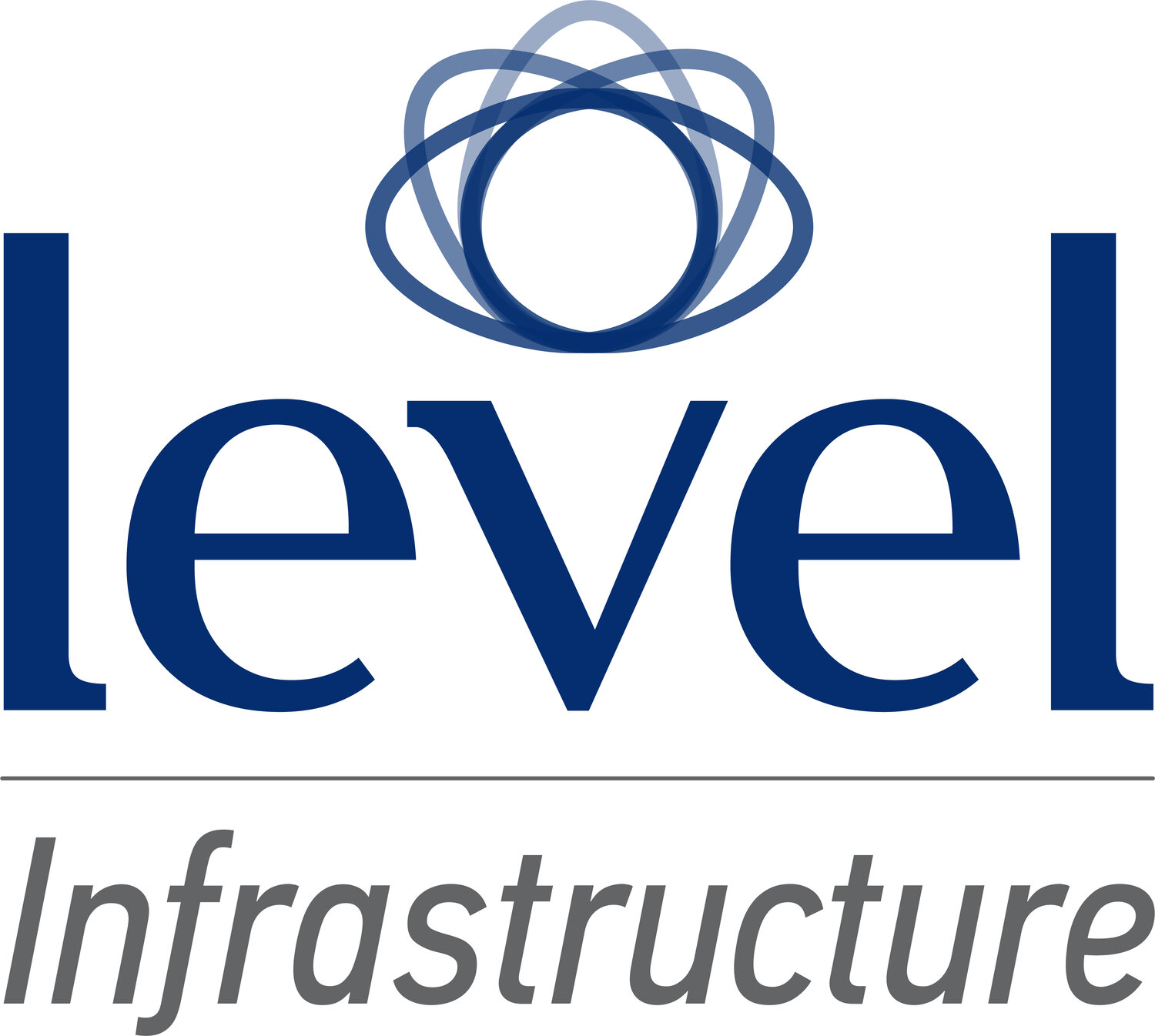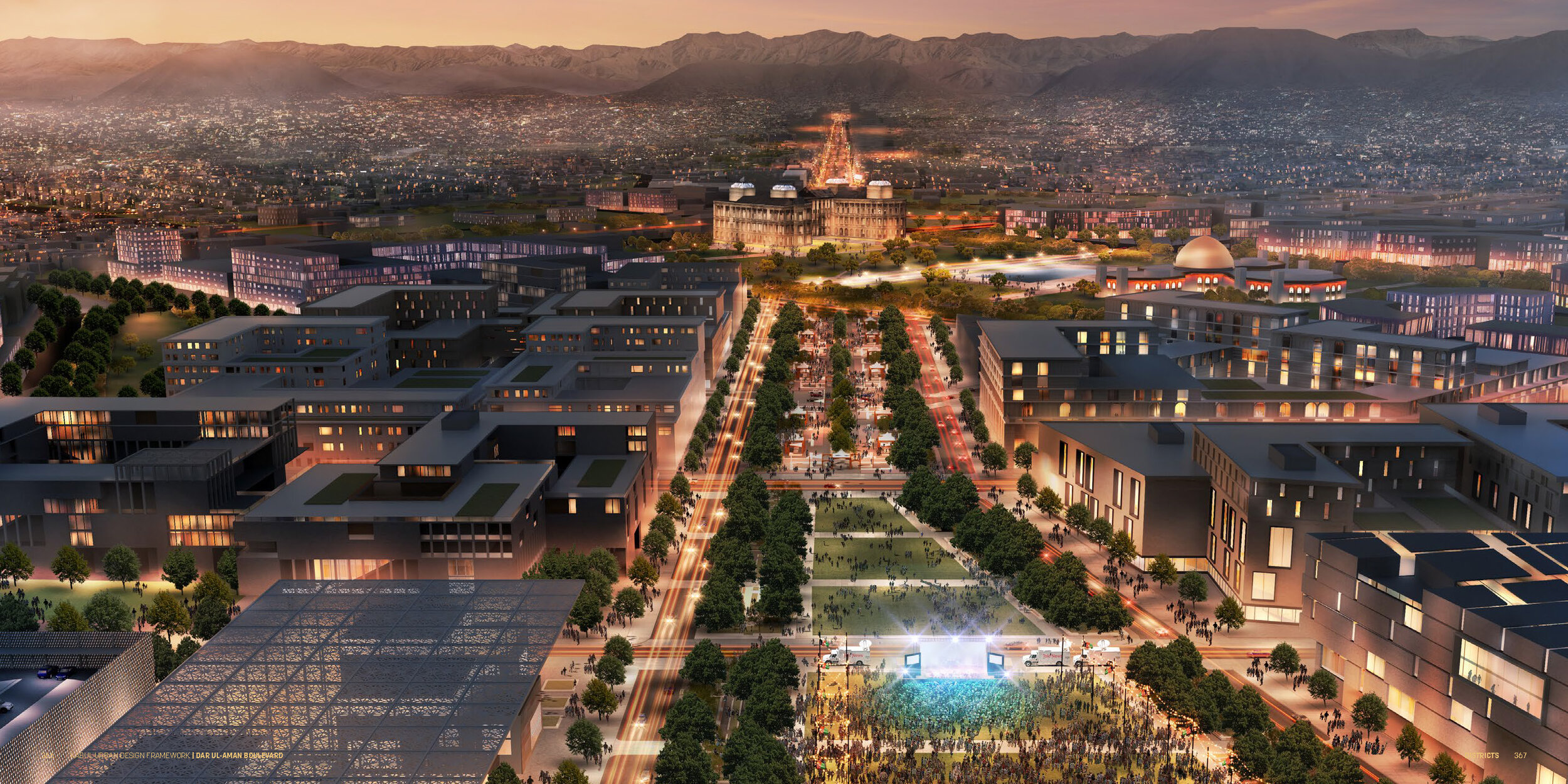Kabul Urban Design Framework
Client: Ministry of Urban Development and Land, Islamic Republic of Afghanistan
Location: Kabul, Afghanistan
Size: Entire city of 5 million people
Collaborators: Sasaki Associates
Year: 2017-2018
Services: Transportation, Energy, Water, Solid Waste Engineering and Planning
Awards: The project is a recipient of the 2020 National AIA Award in Regional and Urban Design.
Awards & Recognitions
The project, featured in Architect Magazine, won four awards in total. The project is a recipient of the 2020 National AIA Award in Regional and Urban Design, which recognizes the best projects in urban design, regional and city planning, and community development. The award calls out best practice planning for the entire built environment, local culture, and available resources. The Society for College and University Planning/American Institute of Architects Committee on Architecture for Education (SCUP/AIA-CUE) awarded the project with the Merit Award for Excellence in Architecture for Building Additions, Renovation of Adaptive Reuse. The project was also recognized by the Boston Society of Landscape Architects and the PLAN AWARDS.
Context
At the request of President Ashraf Ghani, the Sasaki team created a vision for Kabul to become a 21st century city harnessing the rich history and culture of Afghanistan as well as leapfrog technologies appropriate to the social and economic context. The plan provides a framework for Ministries and donors to organize and prioritize rebuilding efforts. The team synthesized all major issues driving urban growth, including housing, public transit, security, gender issues, economic growth, sanitation, and many more, and developed exciting, implementable visions for Kabul.
Our Role
Level led the technical aspects of the planning assignment taking responsibility for drinking water, wastewater, transportation, electricity, and solid waste components of the long term city plan. The task was to lay out a practical and implementable plan to provide basic services to the city of over 5 million people. Our role was to interpret over a decade of previous sectoral plans, technical studies, and rebuilding strategies to ensure the Framework for growth and redevelopment laid out by Sasaki took into consideration the opportunities and constraints posed by the technical urban systems of the city.
Our Approach
A close collaboration with the Kabul-based client team in the Ministry of Urban Development and Land as well as an extended site visit to Kabul allowed the Level team to feel fully immersed in the on-the-ground realities of the city. The Sasaki and Level approach was to revitalize the historic city through catalytic investment in growth corridors rather than urban expansion outside the city. The approach of transit-oriented development and mixed-use densification supported existing informal communities and connected the entire city together to enhance social cohesion and economic development.
Project Highlights
Two highlights from Level’s contribution to the Framework Plan were the Bus Rapid Transit (BRT) master plan and the phased approach to implementing a citywide sanitary sewer network. The BRT plan built upon roadway expansion projects of the past decade which created wide right-of-ways throughout the city. The corridors for the BRT lines evolved into complete streets and opportunities for investment in trunk infrastructure lines for water, sewer, drainage, bike paths, local commerce, and urban forestry. With public investment in trunk infrastructure along investment corridors, systems can expand over time throughout informal settlements through community-led investments.










